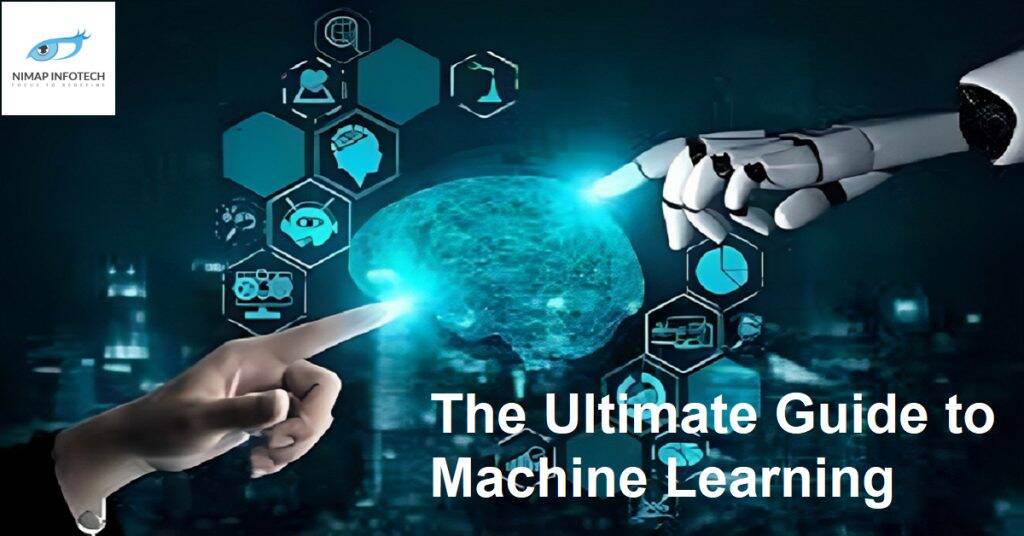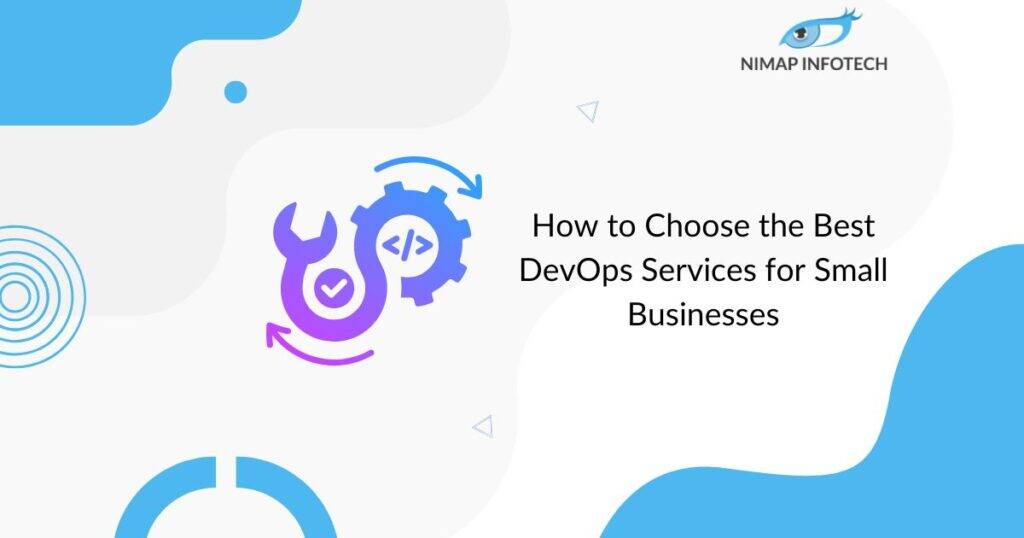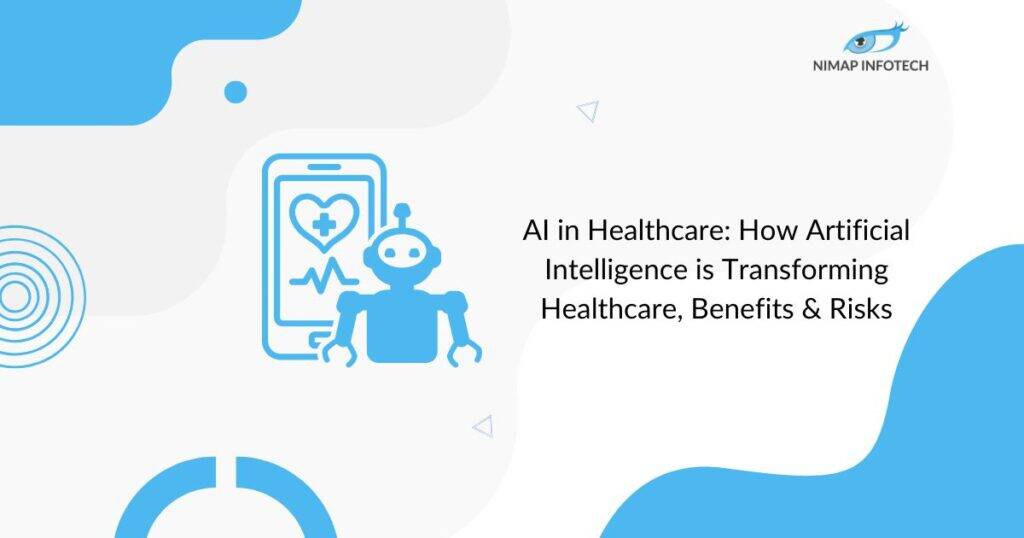The fundamental tasks executed through simple code blocks enhance the question, “How is machine learning done?”
You will walk through the stages necessary to create a machine learning model in this blog, which is named “The Complete Guide to Understanding Machine Learning Steps.”
Table of Contents
ToggleWhat is Machine Learning?
It is the process of using carefully crafted code to build systems that learn and evolve on their own.
Designing algorithms that automatically assist a system in gathering data and using that data to learn more is the ultimate objective of machine learning. Systems are expected to search for patterns in the obtained data and utilize those patterns to make crucial decisions on their own.
It often involves giving systems a brain, a human-like intellect, and the ability to think and behave like people. Existing ML models in the real world are capable of performing the following tasks:
- separating legitimate communications from spam
- fixing spelling and grammatical errors, as shown in autocorrect
- It has also enabled the development of design
- systems that demonstrate uncanny human-like reasoning and can complete jobs like:
- Image and object recognition
- Finding false news
- comprehension of spoken or written language
- Bots on websites that communicate with people, much like people
- autonomic vehicles
Read More: How to Hire AI Developers: The essential guide for 2023
Types of machine learning
There are three different forms of machine learning, and each has advantages and drawbacks of its own. But it’s crucial to comprehend the type of data they utilize before we investigate them.
-
Supervised Learning
Supervised learning is the most well-liked branch of machine learning. The idea that teaching this sort of algorithm is analogous to having a teacher oversee the entire process is where the name of the algorithm came from.
In essence, supervised learning teaches models to produce the desired output using a training set. The model receives input data and its weights are adjusted until it is correctly trained. Accurate outcome classification and prediction are the goals.
Two types of supervised learning:
Classification:
Anything and everything where you take data and attempt to predict labels, such as “Is it a good day to play tennis?” falls under this category of supervised machine learning. “What groceries should I stock up on today?”
Regression:
Anything and everything where you attempt to forecast a numerical output for a novel object fall under this category of machine learning. For example, “What will the cost of this flat be in two months?
It is under supervision aids in scalable problem-solving for enterprises. When businesses want to forecast housing prices and customer turnover, determine if a loan application is high-risk, or simply categorize whether or not an email is spam, they employ supervised learning.
-
Unsupervised Learning:
Unsupervised learning discovers hidden data patterns. It is used to derive conclusions from datasets that contain only input data and no labelled responses. In contrast to supervised learning, which uses training data with assigned category labels, this method is unsupervised.
As a result, unlike supervised learning, unsupervised learning does not include a “teacher” who corrects the model. Any naturally occurring patterns in the training data set must first be self-discovered using unsupervised learning methods.
Unsupervised learning comes in a wide variety of forms, however, there are generally two primary subcategories:
Clustering:
Finding groupings in data is the goal of the unsupervised learning problem known as clustering.
Density Estimation:
To address this type of unsupervised learning problem, the data distribution must be summarised.
In contrast to supervised learning, unsupervised learning can instantly process enormous amounts of data. It can be helpful when a human is trying to identify patterns in data but needs help since they are unsure of what they are searching for.
Unsupervised learning is used in cases like:
- segmenting customers for marketing
- data segmentation based on past purchases
- identification of anomalies, such as fraud
- dividing apart people based on their many interests
- Organizing inventory according to production and sales metrics
How to Choose Which Machine Learning Algorithm to Use?
Numerous supervised and unsupervised machine learning algorithms exist, and each one approaches learning differently.
Finding the best algorithm to employ often merely requires some trial and error. Even the most seasoned data scientists admit that unless they test an algorithm, they cannot decide which machine-learning technique to use.
The best machine learning algorithm ultimately comes down to several variables, including:
- The problem statement
- Output you want
- Type and size of your data
- Available computational time
- Observations in your data
Also Read: MVP Software Development: A Complete Guide
Any AI model development and deployment is swiftly emerging as one of the tried-and-true methods for companies to advance. You studied machine learning and the processes necessary to build a machine learning model in this blog.
This post should have made the process of developing a machine-learning model quite apparent. If you have any questions or concerns, please post them in the comments area of this article, and we’ll get back to you as soon as possible with a response from one of our experts.
Teams can easily train and deploy sophisticated models for everything from churn prediction to sales funnel optimization if they have the necessary data.
Author
-

Sagar Nagda is the Founder and Owner of Nimap Infotech, a leading IT outsourcing and project management company specializing in web and mobile app development. With an MBA from Bocconi University, Italy, and a Digital Marketing specialization from UCLA, Sagar blends business acumen with digital expertise. He has organically scaled Nimap Infotech, serving 500+ clients with over 1200 projects delivered.
View all posts









